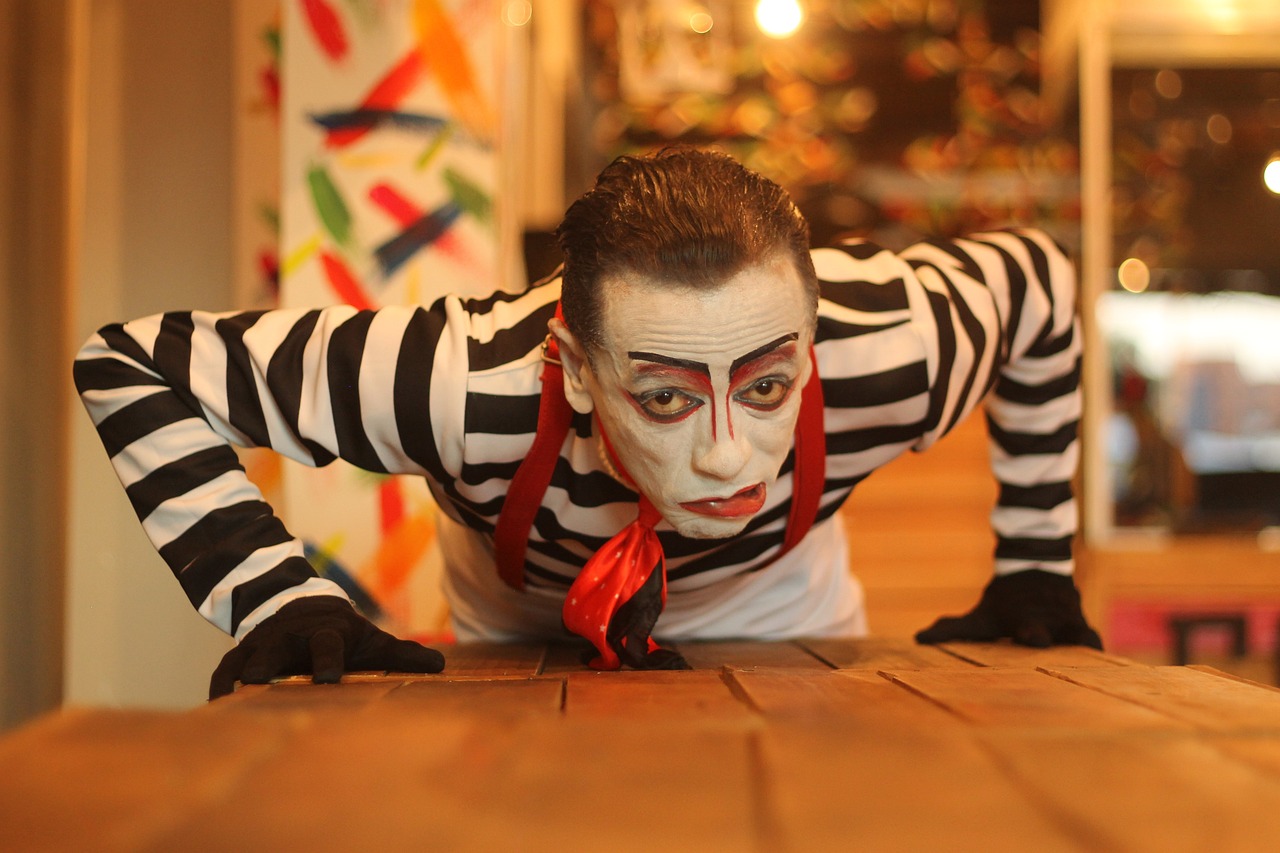Unmasking the Influence of Pantomime in Modern Entertainment
Pantomime, a performance style that dates back to ancient Greece, has steadily seeped into the modern entertainment industry, lending its unique charm to movies, theatre, and television. This article explores the historical roots of pantomime, its evolution over the years, and its current impact on the entertainment industry.

Ancient Origins and Evolution
Pantomime, from the Greek words “pan” and “mimos,” meaning “all imitator,” is a form of theatrical expression that relies heavily on body language, facial expressions, and physical comedy. Originating in ancient Greece, it later developed into a popular form of entertainment during the Roman era.
The art form underwent a significant transformation during the Renaissance, when Commedia dell’arte troupes in Italy started using pantomime characters in their performances. The art form continued to evolve in 18th-century England, where it became a staple of the holiday season and is still celebrated today.
Pantomime’s Modern Influence
Today, we see pantomime’s influence in various aspects of entertainment. Silent comedy films, for instance, are essentially pantomime performances captured on film. Notable examples include Charlie Chaplin’s ‘The Tramp’ and Buster Keaton’s films, which rely on physical comedy and expressive faces, echoing the essence of pantomime.
In theater, pantomime techniques are used to communicate emotions and actions. Several modern theatrical productions, such as the works of Samuel Beckett, have used pantomime to potent effect.
Television also bears the influence of pantomime. Iconic series like ‘Mr. Bean,’ for instance, use little dialogue, relying instead on physical comedy and expressive faces, much like traditional pantomimes.
Impact and Significance
Pantomime’s enduring appeal lies in its ability to transcend language barriers and engage audiences through visual storytelling. Its influence on modern entertainment underlines the power of non-verbal communication in storytelling, demonstrating that words are not always necessary to convey emotion or action.
Moreover, pantomime’s influence is a testament to the enduring appeal of traditional art forms and their ability to adapt and find relevance in contemporary contexts.
Reception and Future Prospects
Despite its rich history and influence, pantomime is often overlooked in discussions about the arts. However, it continues to be a vital part of the entertainment industry, with new performances and adaptations continually emerging.
Looking ahead, it is clear that pantomime will continue to influence modern entertainment. From mime artists performing on the streets of Paris to silent characters in blockbuster films, the art of pantomime is alive and well, ensuring that this ancient art form will continue to be part of our cultural landscape in the future.
In conclusion, the influence of pantomime on modern entertainment is significant and undeniable. As we continue to embrace visual storytelling in our increasingly digital world, the art of pantomime is more relevant than ever, reminding us of the power of physical expression in conveying emotion and narrative.




